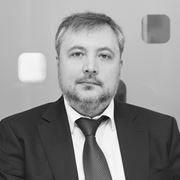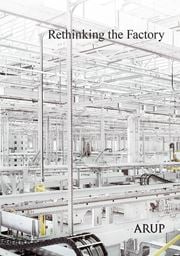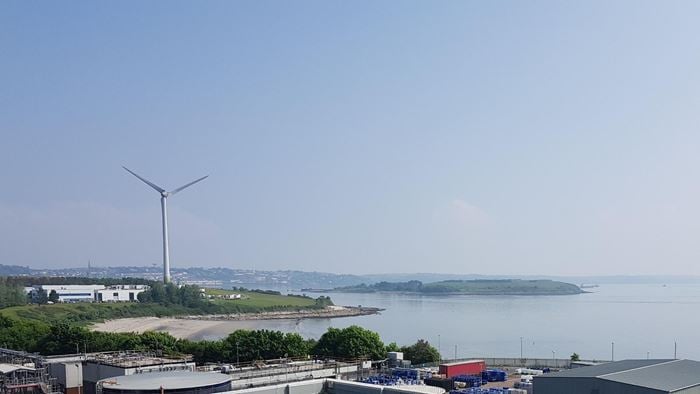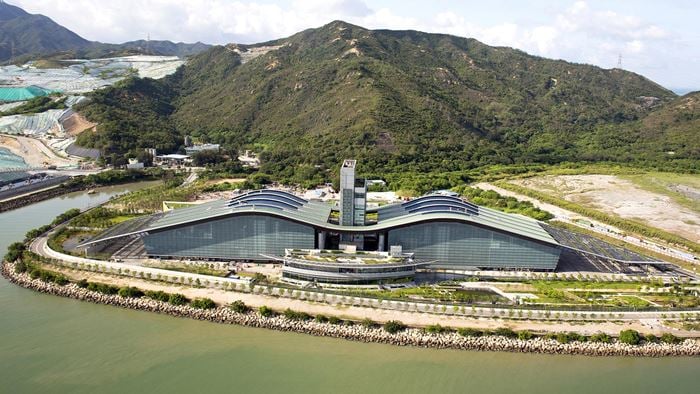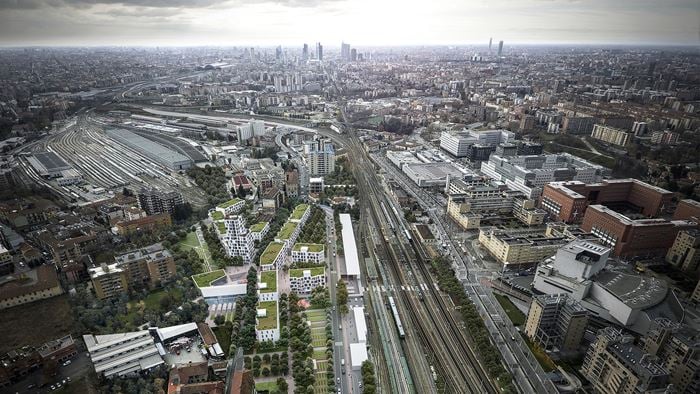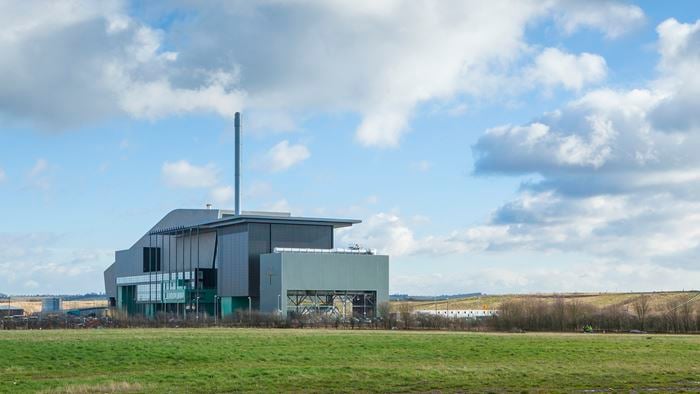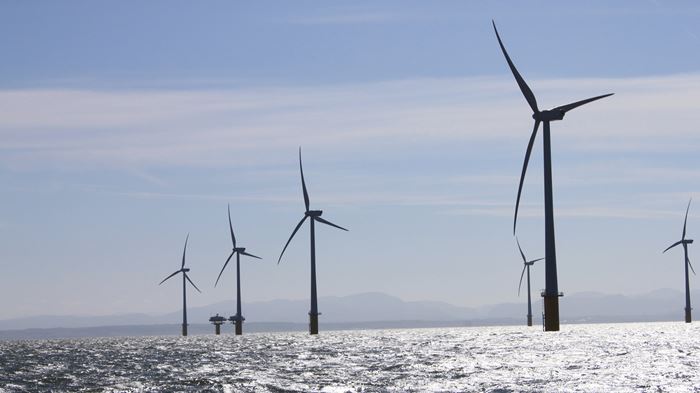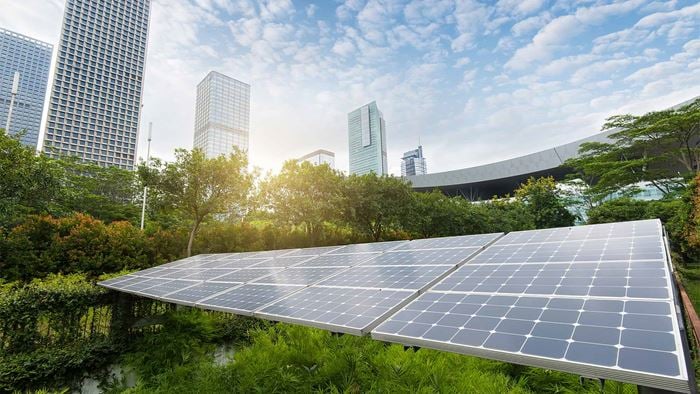With a vision to become a sustainable company, Swedish beauty company Oriflame has developed biodegradable cleansing ingredients and banned microbeads. But its commitment to sustainability runs beyond that into operational efficiency, including its manufacturing sites.
Built on a plot spanning 26 hectares, Oriflame’s production facility in Noginsk, close to the Russian capital Moscow, plays an integral part in the firm’s ambitious sustainability strategy. After securing a LEED Silver certification for Noginsk’s 42,000 m² distribution centre; the desire emerged to further optimise energy efficiency throughout the manufacturing site.
Oriflame appointed Arup to carry out a feasibility study exploring on-site energy generation strategies to supplement or replace existing energy supplies in Noginsk. Putting forward local priorities such as ensuring a solid supply infrastructure and trimming energy costs, Arup developed and assessed 12 different energy improvement scenarios, together with technical models and implementation recommendations for the client's preferred options.
Project Summary
≤ 53% emissions reduction potential
≤ 20%energy use reduction potential
≤ 71%energy cost savings potential
Risk matrix supports quality assessments
A combination of site visits, management interviews and extensive research lay out the foundations for developing an Integrated Risk Matrix (IRM) to assess the plant’s energy optimisation. Arup’s consultants weighted and ranked 12 suggested options against the client’s drivers, aims and objectives, mainly focused on cost efficiencies and on the reduction of CO2 emissions and energy use by 15% by 2020.
One of the key drivers was reining in the comparatively high power consumption of the existing ventilation heating system as well as the high fixed HVAC loads over the year. Another issue was the supply inefficiencies of electricity and heat from the external provider, which were subject to frequent disruptions and pegged to high energy tariffs. Focusing on the manufacturing facility’s two main buildings, the production room and the distribution centre, Arup’s renewable energy study proposed a variety of simple solutions to these issues. As part of the study, our consultants provided concept descriptions, layouts, single line diagrams and implementation recommendations.
“Working together with Arup’s team of professionals enables us to achieve our scheduled targets, explore additional opportunities and aim for even more ambitious goals. ” Artem Nesterovskiy Chief Power Engineer, Oriflame
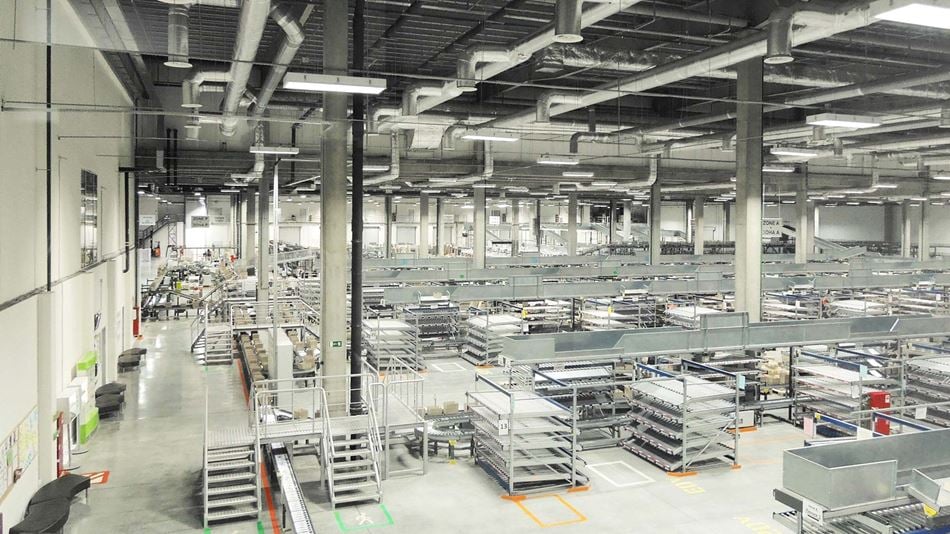
Optimal energy saving solutions
The range of solutions included the installation of photovoltaic panels, biomass spoilers and wind turbines, although specific conditions on site led the client to opt for a redesign of their air heating system and the installation of sewage heat recovery pumps to turn the excess heat of the facility’s wastewater into an internal source of heat. To manage building services such as heating and ventilation more efficiently, our consultants proposed the optimisation of the Building Management Systems (BMS), with the potential to reduce the ventilation system’s power consumption by 70-85%. Connecting the facility to the public grid was another consideration that would help deliver a more stable power supply. Arup carried out the technical and commercial modelling for the separate and simultaneous implementation of Oriflame’s preferred options, helping to achieve their ambitious sustainability goals.
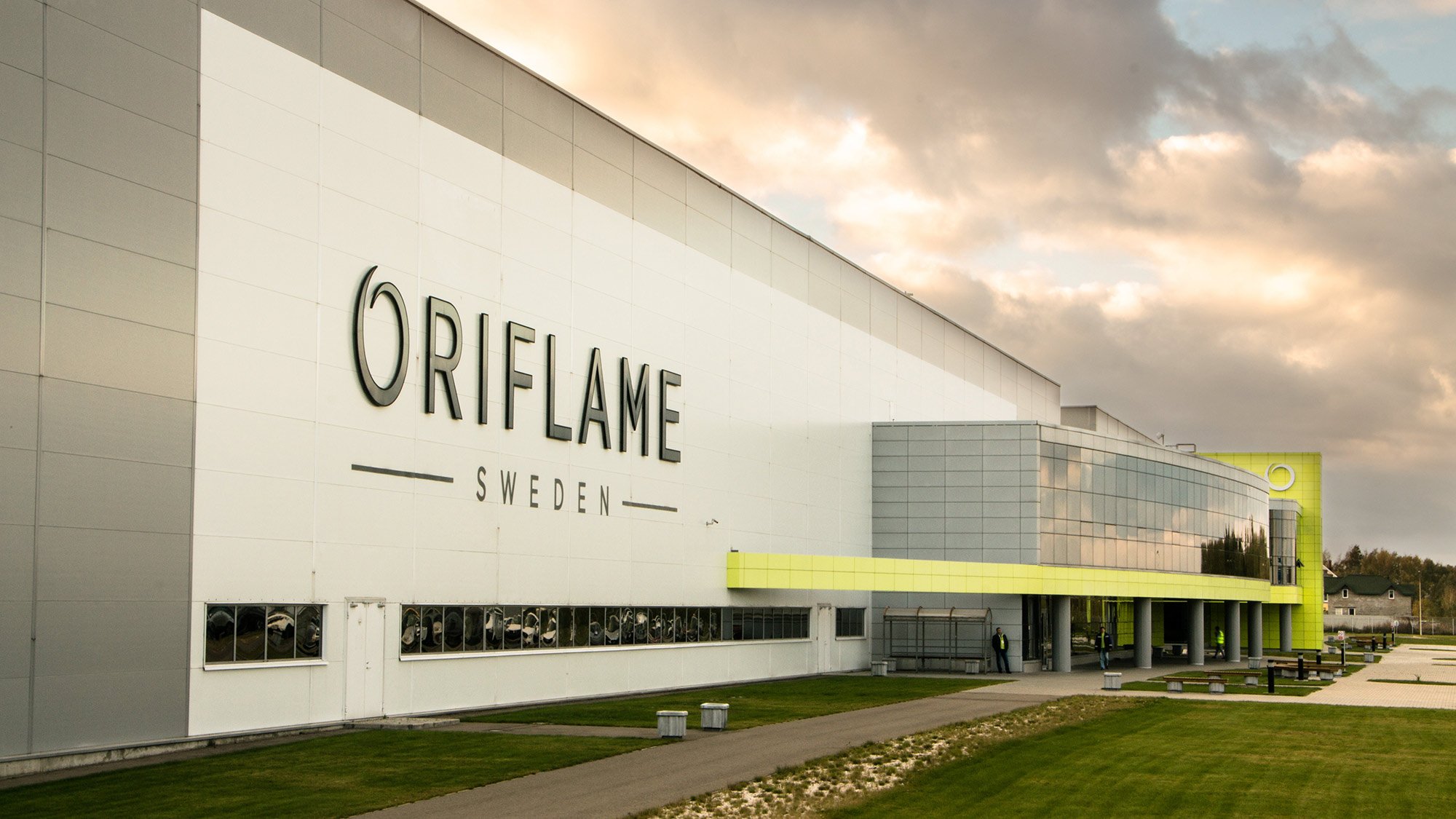 ;
;
